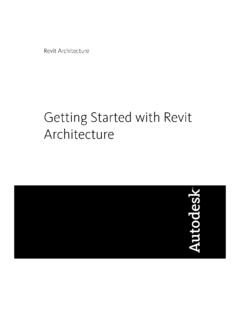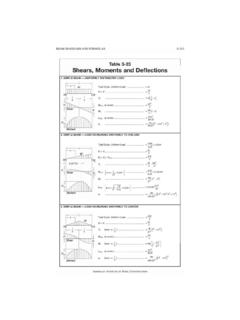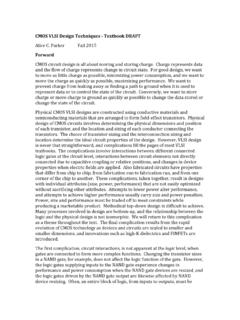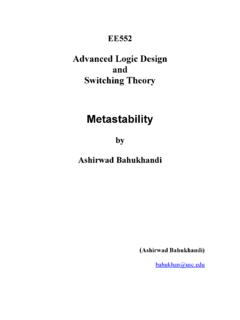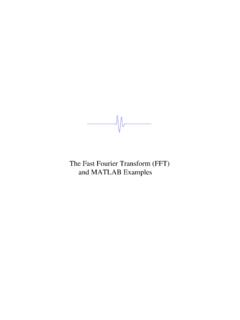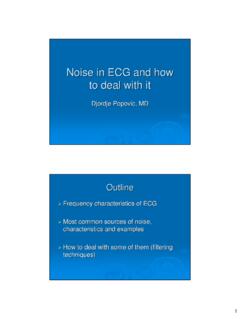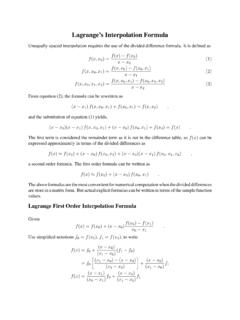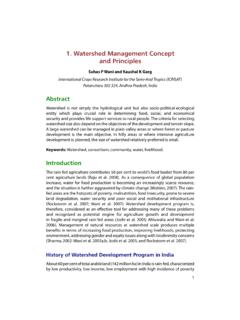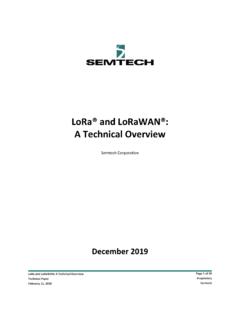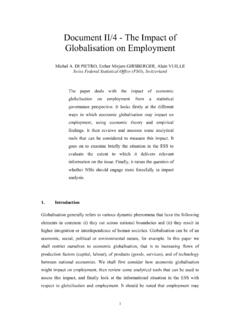Transcription of Writing a Testbench in Verilog & Using Modelsim to Test …
1 EE201L - Introduction to Digital CirtualsTestbenches & Modelsim [Revised: 3/8/10]1/19 Writing a Testbench in Verilog & Using Modelsim to Test1. Synopsis:In this lab we are going through various techniques of Writing testbenches. Writing efficient test-benches to help verify the functionality of the circuit is non-trivial, and it is very helpful later onwith more complicated designs. The purpose of this lab is to get you familiarized with testbenchwriting techniques, which ultimately help you verify your final project design efficiently andeffectively.
2 You will also learn scripting DO files to control simulation in Modelsim and to facili-tate quick repeated simulations during debugging. 2. Importance of Testing: Most of the exercises that you have done in this course so far are to design the core it is a state machine or some combinational logic, this is the most challenging part. Inreal life, however, testing a system is often equally as challenging and important as building thecore design. This is because in hardware design, the cost of making a mistake can be extremelyhigh.
3 Since (non-FPGA-based) hardware cannot be updated like software can be, often times,the only way to fix an error in the hardware is to replace the part, and replacement can be a veryexpensive proposition. Consider, for example, the case of the infamous FDIV bug that was found in Intel Pentium proces-sors in the mid-90s. In late 1994, a mathematics professor at Lynchburg College in Virginia foundthat the Intel Pentium processor in his computer was consistently producing wrong result whencertain two numbers were divided. The bug was so hard to find that, if you randomly tried todivide two numbers, there was only one in a 9 billion chance that you will encounter the case forwhich the division operation produced a wrong result.
4 Yet, the story about this bug became a mar-keting nightmare for Intel, and despite all efforts, Intel had to recall all the defective processors. Ithas been reported that the final cost of the recall was $475 million!! Don t you think Intel wishedit could just release a security update that Tuesday and get it over with? Testing a design comprehensively and efficiently is a major challenge in a complex design. In thislab you are learning the Verilog syntaxes and coding techniques that can assist in Writing efficienttestbenches. Furthermore, in this lab Modelsim simulator will be used in standalone mode.
5 Thatis, instead of creating our project in Xilinx ISE and launching Modelsim from the Project Naviga-tor, you will use Modelsim s graphical user interface (GUI) to simulate the code. Since the focusof this lab is on Writing testbenches, we will re-use the GCD design from previous lab and write anew, advanced Testbench for it. Notice that this is a simulation-only exercise. 3. GCD Review:The GCD state machine takes two 8-bit unsigned numbers as inputs, Ain and Bin. The values ofAin and Bin are accepted by the state machine when start goes high. Once start is receivedby the state machine, Using the simple four-state mealy state machine, as shown below, the GCDof these numbers is computed.
6 Upon the completion of the computation, the state machine entersthe DONE state and stays there until the acknowledgement signal (ack) is asserted. When ack isreceived, the state machine enters the INITIAL state again and waits for the start to go - Introduction to Digital CirtualsTestbenches & Modelsim [Revised: 3/8/10]2/194. Using Modelsim Only (without Xilinx ISE) for simulation and verificationUnlike Xilinx ISE, Modelsim cannot synthesize/implement the design into real hardware, but itcan compile and simulate HDL-based design, and display graphical and text information to facili-tate debugging.
7 The main advantages of Using Modelsim standalone are convenience and is, instead of editing your code in the Project Navigator editor and re-invoking Modelsimevery time a small change is made (like we have been doing so far), by Using Modelsim stand-alone you can edit the code, re-compile it and re-simulate it -- all without closing the procedure to simulate a design in Modelsim is simple: a new Modelsim existing source files to the project or create new Verilog source all source the simulation for the desired length of you find some errors, whether they are compilation errors (syntax errors that are reported dur-ing compilation), or functional errors (you notice after simulating and observing waveforms), youcan edit the code and repeat steps 3-5 to re-simulate the design.
8 More details on each of the fivesteps are give in the Procedure section. Steps 3 to 5 can be automated Using a DO file (with .doextension).INITDONEMULTSUBSTARTSTARTA CKACKRESETa <= ain;b <= bin;i <= 0;EE201L - Introduction to Digital CirtualsTestbenches & Modelsim [Revised: 3/8/10]3/195. Writing TestbenchThe function of a Testbench is to apply stimulus (inputs) to the design under test (DUT), sometimescalled the unit under test (UUT), and report the outputs in a readable and user-friendly format. In thissection, we discuss how an efficient Testbench can be written.
9 Procedure steps requiring you to writethe Testbench for the GCD design directly refer to elements of the Testbench discussed in this : Many of the coding techniques used in testbenches (such as file I/O, the initial block, etc) arenot suitable for the timescaleBefore the module definition of the Testbench module begins, Modelsim requires a compiler directivethat defines the time unit and the precision level at which the simulation runs. Defining the time unitis necessary so that the simulator knows whether, say, #10; means wait for 10ns or 10ps or 10us.
10 Thesyntax for this directive and a typical/recommended example is given below: All compiler directives begin with the (accent grave character). Recall the define directive thatwe used in our state machine designs to create a macro for substituting the text with the macro name. the Design Under Test (DUT)Every Testbench must instantiate the design that it is expected to test. This design is usually referred toas the design under test (DUT) or unit under test (UUT). Before the DUT is instantiated, each ofits inputs and outputs must be declared in the Testbench .
